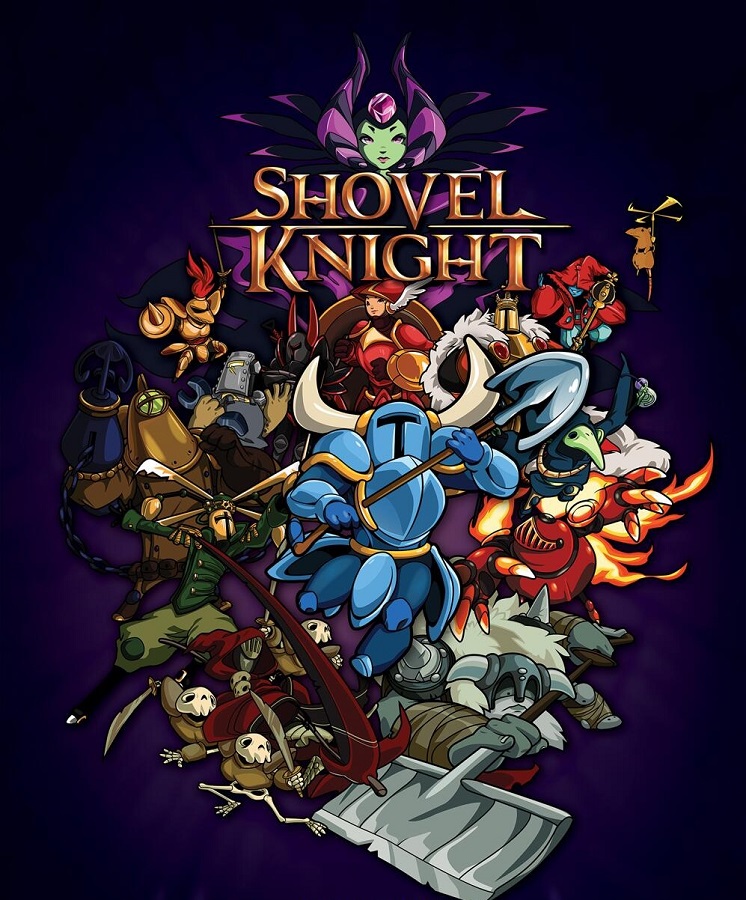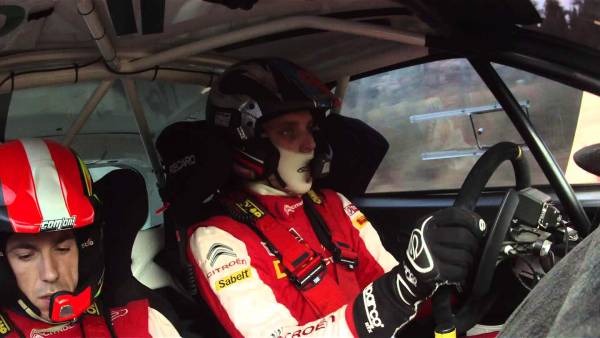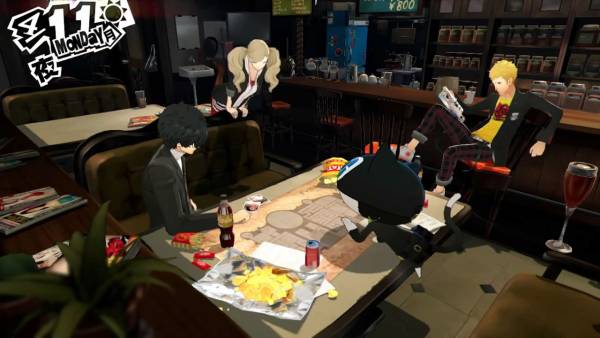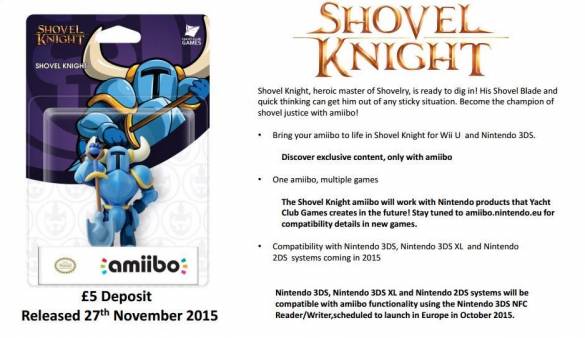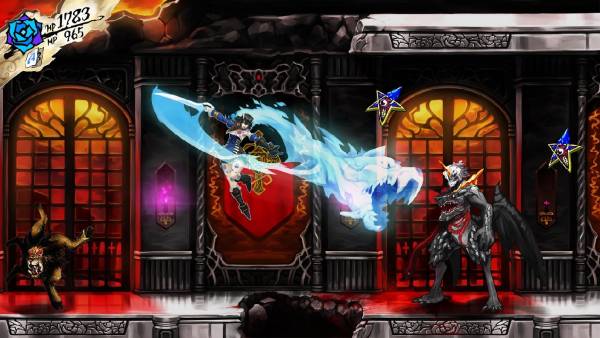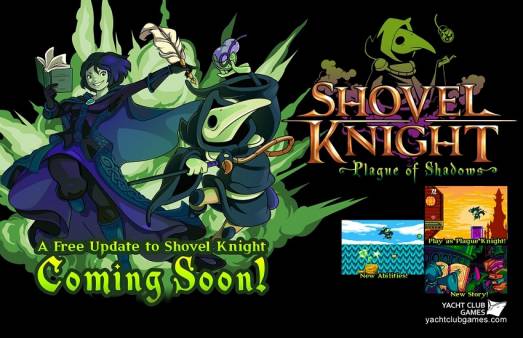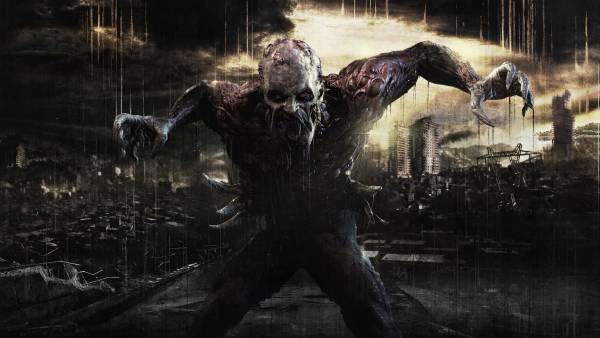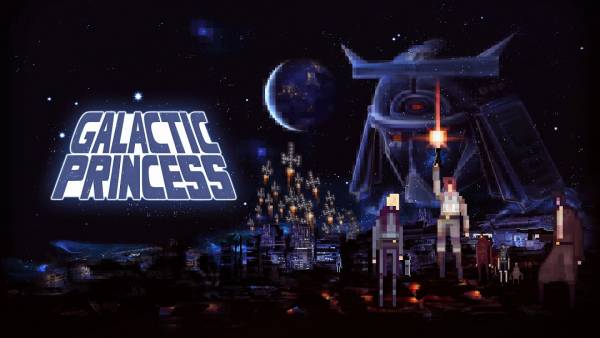Hot on the heels of its success, we got chance to talk to Sean Velasco and Nick Wozniak over at Yacht Club Games to talk Shovel Knight, fan art, troupples, how to start off as an indie developer and much more.
SF: So how are you all reacting to the success of Shovel Knight so far? Yahtzee gave you a glowing review so you must be pleased with that?
NW: *laughs* Yes, as glowing reviews as he gives.
SV: Yeah, he usually doesn’t like anything so to have him say that was just great. I mean we got Game of the Month from the 3 major outlets like IGN, Gamespot and Game Informer and just glowing reviews from everywhere. People just talking about the game coming out of the woodwork…
NW: Nines from loads of places.
SV: Yeah, just critically and personally received really well.
NW: It’s been insane. We’ve just been completely floored and completely busy, answering questions and support emails. I mean whenever a game comes out and a huge swathe of people are playing it, you’re going to get some problems so there’s been a bug here and there, there’s been some issues of people getting the wrong version of the game, they need to get the other version so we’ve been doing a lot of support.
SF: Don’t worry, I’m not going to ask you about the EU localisation. You’re probably sick to death of that question and the blog post you released, talking about how it is coming along helped a lot of people.
NW: Yeah, just point more people towards that post.
SF: From my experience playing, it seemed quite clear that there were certain elements of old platformers that you wanted to improve on, like the addition of the checkpoint system instead of using lives. Was there a clear set of design choices you wanted to innovate on during the development of the game, or did it just come naturally?
NW: That’s definitely a theme we embraced, of taking old tropes and bring them under the lens of modern game design. It was really important to us that we didn’t directly reference old games and fall back on old tropes because they had been done before.
SV: Right, we didn’t just want to copy something because it’s from an old NES game, like this screen transition was something that worked in Megaman and Mario, let’s just do that again exactly without trying to analyse it or think about it. Pretty much everything we did, like the checkpoints, when we pitched Shovel Knight or when we did the Kickstarter, we didn’t know that was going to be the checkpoint that was finally in the game.
SF: Like the invisible boss checkpoints in Megaman?
SV: Right. So, we wanted to have a physical checkpoint instead and then after that, we decided we wanted to tie that to our money system, so it was a holistic thing for everything really.
NW: We thought about how many checkpoints there are going to be and not just the system but how the system is used and how its integration works with the overall game feel, so you don’t walk away feeling like ‘oh I’ve played this game before’ or ‘that wasn’t really much improved on [from old games]’. We thought that this is a new game, it is a new voice which needs to exist with all these other games at the same time.
SV: We built these features over a very long period of time. Like the checkpoints, we were iterating on them for the entire development cycle and the final implementation wasn’t done till probably a couple of months before we shipped. So that how many of the elements ended up being developed, like the subweapons are very much like that, like we had ideas on what we wanted them to be but we had to massage them and iterate on them, make sure that they were different enough from each other or that they were useful. Some of the objects seemed really overpowered or some were really useless and weak so I think we landed in a spot where there’s a pretty decent use for each of the subweapons in the game.
It was just things like that, of iterating on things over a long period of time and trying to take a critical look at everything, from the way to the controller functions, to how the screen transitions work, to how each level is laid out, to boss battles, to text, to everything.
SF: With the recent problems that have arisen with people not being able to fulfil their Kickstarter projects, what are your thoughts on using the crowd funding system, after going through it and having such a success with it?
NW: We’ve been able to avoid a lot of the pitfalls that other companies have run into. I think that has a lot to do with our experience in the past, we’ve actually shipped games before. A lot of us worked at WayForward, doing Shantae as well as a bunch of licensed titles like a Batman game…
SV: We worked on Batman, what other licensed games did we work on?
NW: We did a Smurfs game, something for the Wii I think.
SV: Yeah, we did other licensed stuff like, let’s see, iCarly * Nick laughs* you know, stuff like that. These projects come in and it’s ‘Okay, we need this game to be done, the budget is limited and it is a very specific number so that means we only have a very specific number of months in order to finish it and we can only have a team of a certain size.’
NW: We had to know how we can choose the team and how they can work in a really high pressure situation like that.
SV: We had to build that efficiency and we had to know how long it takes, or at least have some idea of how long it takes to submit a game, to get something out and to get it localised. We have a vague idea of what things should cost so we can scope out stuff a lot more easily than say, indie devs who have never done this before.
NW: We had insight into some pitfalls we can avoid as we are developing a game and a lot of things you are wrangling when you are developing a game and a lot of the pitfalls you can fall into, and just having the experience of having shipped a game and completing a game from start to finish has been really helpful for us to make Shovel Knight from the ground up.
SV: I mean, between us, we have worked on games like A Boy and His Blob, Contra 4, Bloodrayne Betrayal, the Thor game, Aliens Infestation…
NW: Did you work on that?
SV: I did some animations for it.
NW: Oh nice!
SV: I mean, all these games are side scrolling platformers and so on all these games, we got experience making this genre. I mean, Shovel Knight looks like an NES game and it feels like an NES game but the experience we had making side scrolling platformers helped and carried so much into what we are making now. This is a game type we’ve made before, this is a game type which we love and it’s in our hearts to make a game like this.

SF: It is your blood this genre so you know what you need to make a good one.
SV: That’s like my existence, like 2D platformers.
NW: I’ll have to say, even though that’s who we are and that’s the game we endeavour to make and even with the knowledge we had and that base, we still had problems working on the game. There were still issues that we ran into. Scheduling was a big one, just figuring out our work flow week to week and getting sprints set up, stuff like that. There was a lot we had to figure out so we can’t imagine that anyone who is running a Kickstarter and who is developing a company from the ground up from nothing, or hiring people on the fly as they go…
SV: Having a team that you don’t know, that seems impossible. If you’ve never done a game before, doing a game and a Kickstarter for the first time, that just seems like a formula for disaster.
NW: I mean, it seems an insurmountable challenge for us. I don’t think I could do that.
SV: *laughs* I mean, I’m sure there are people with plenty of wherewithal who could pull that sort of thing off, but for us…
NW: There’s no way.
SF: It needs to be all prepared.
NW: Exactly. So that would be my reaction to a lot of the Kickstarters failing, or things come up and the team can’t accomplish the things that they promised. I mean, that would happen to us when we were at WayForward, we get pretty far in making a game and then the game would just get cancelled. It was just come from not following through on what you promised or it just wasn’t working out. For whatever reason, the game would just get cancelled and that happened a couple of times and that’s unfortunate, but that’s just the reality of game development sometimes. You work on a project and it just doesn’t go through.
Continue to page 2…
